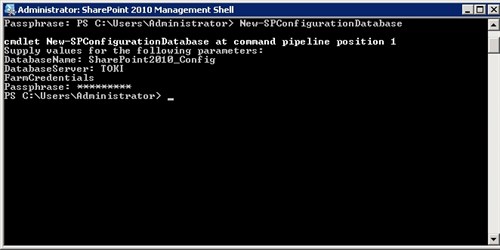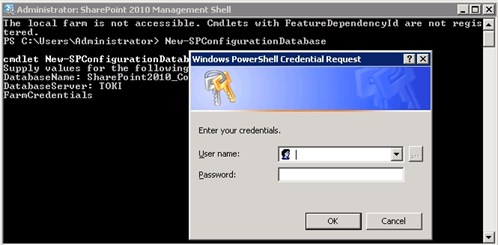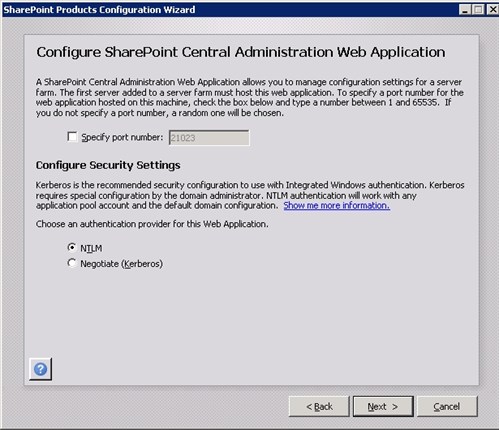SharePoint 2010 : How to install with a local account
In your everyday-work with SharePoint, can happen to install SharePoint 2010 on a machine outside the domain and you need to manage the database through a SQL Server Standard or Enterprise edition. In this case, a standalone installation isn't good for us, because it relies on the Express version of SQL Server.
So, if you try to install SharePoint 2010 in advanced mode and begin the configuration of a new farm, the utility "SharePoint Products Configuration Wizard" will stop you immediately saying that the users with we have decided to run all the SharePoint services and thath will access to various databases, is a local account and that you can not create a new farm using a non-domain account. ( Do also not forget that this user has to be a DBCREATOR and SECURITYADMIN on SQL Server)
The error message in detail is
The specified user [USER NAME] is a local account. Local accounts should only be used in stand alone mode
If we think about it, SharePoint is absolutely right, because advanced configuration allows the creation of a farm in which we can then connect other servers, such as for indexing, sending mail or other stuffs .. and of course, a local account on the machine where we are installing the product is not able to "switch" between a server and the other becouse is not a domani account.
But if we are sure that our server is the only one of our SharePoint farm, we can still create the farm using Powershell.
The command that we have to run is the "New-SPConfigurationDatabase" command. Using it we have to specify the database name, the database server and the user which access this database.
The user's choice will be made through the login dialog windows.
That Powershell command creates a new configuration database within SQL Server for SharePoint and it will be the basis of our new farm. In fact, starting again the utility "SharePoint Products Configuration Wizard", it will notice the presence of a SharePoint farm and so enable us to proceed with the installation.
So, now we have a SharePoint 2010 advanced installation, in a standalone server.
Other Languages
This article is also available in the following languages:




